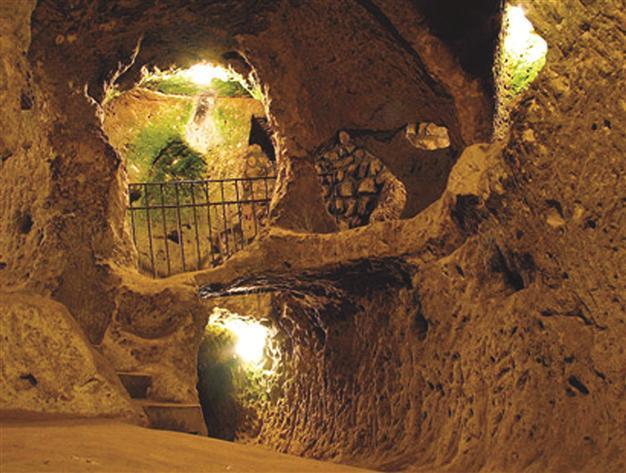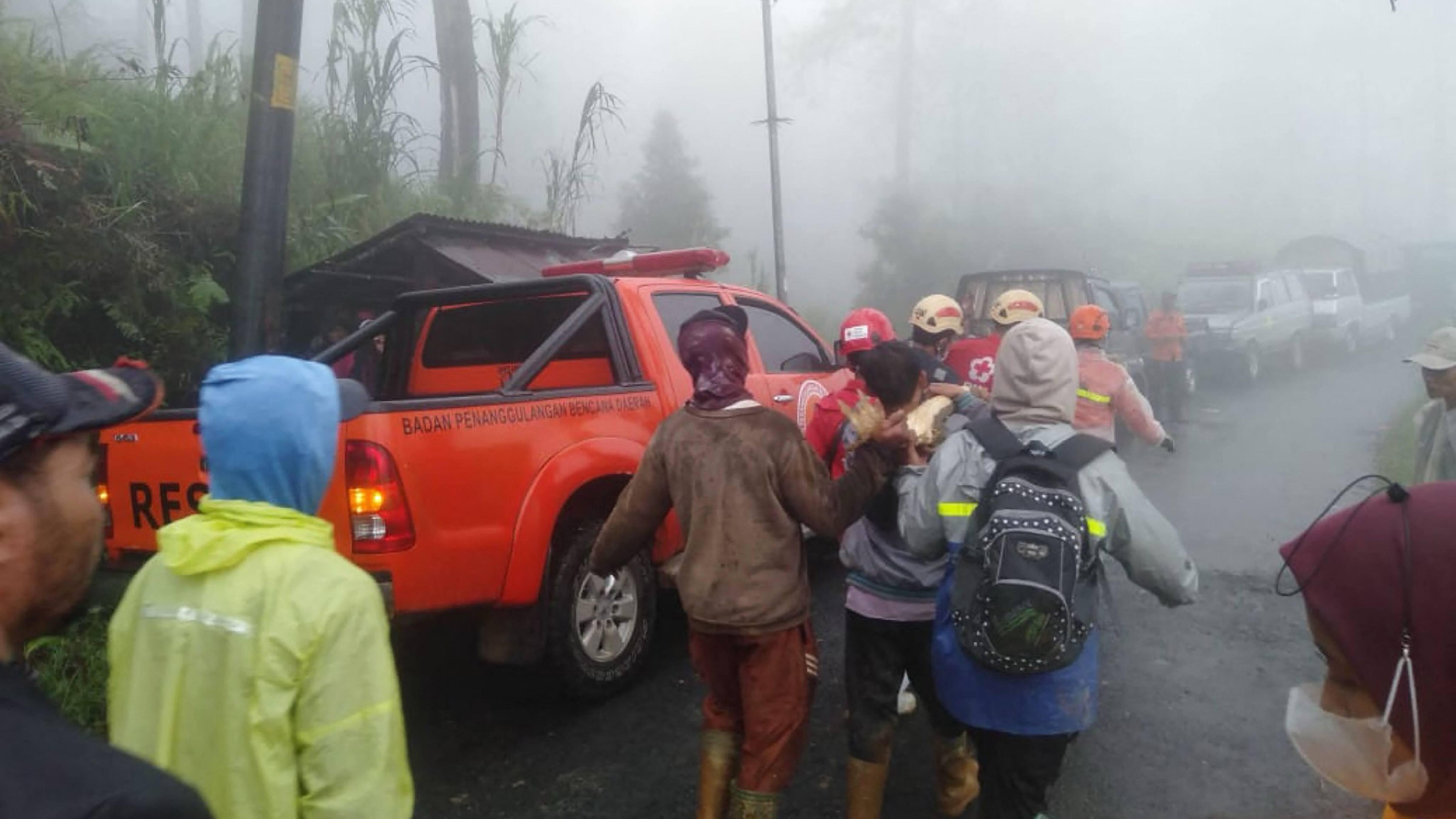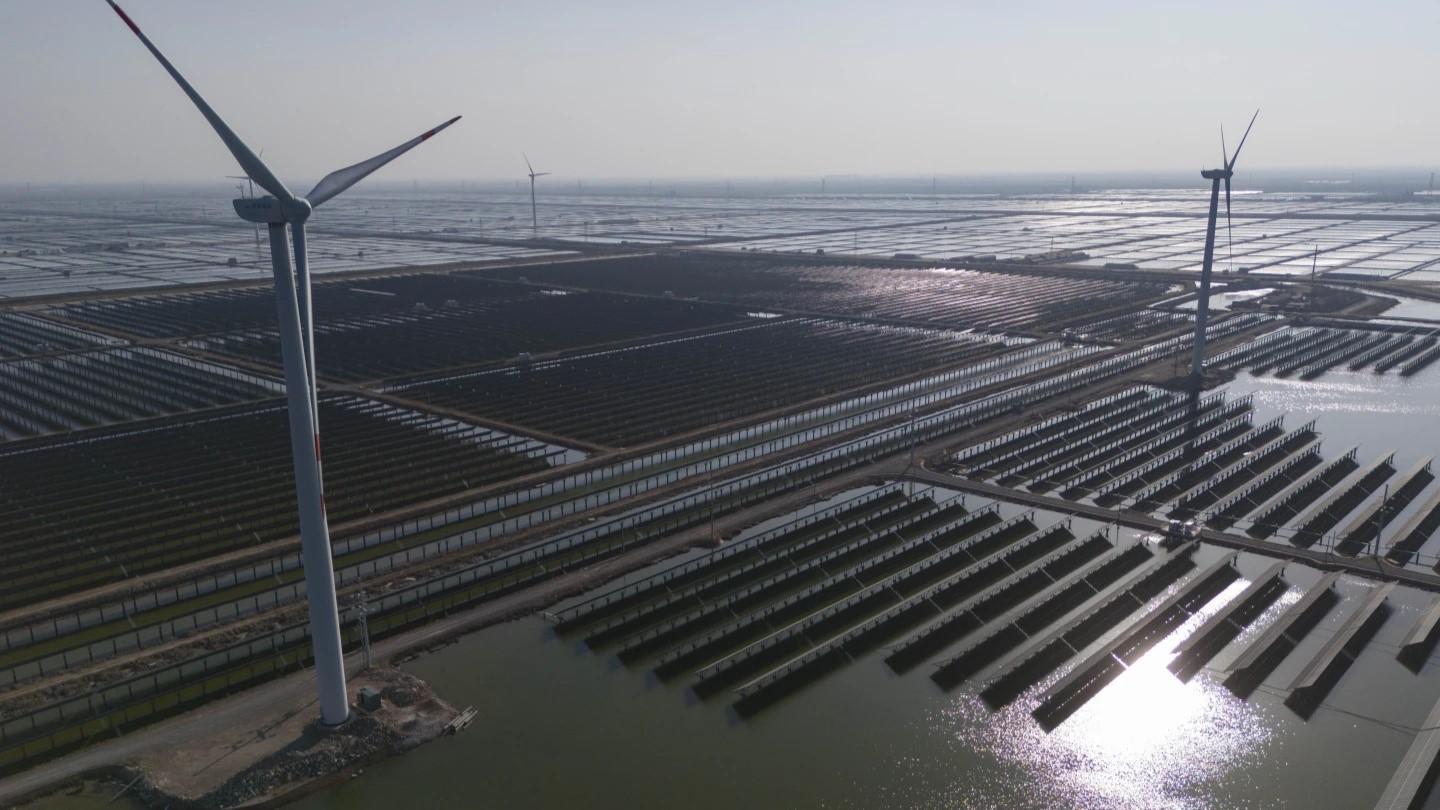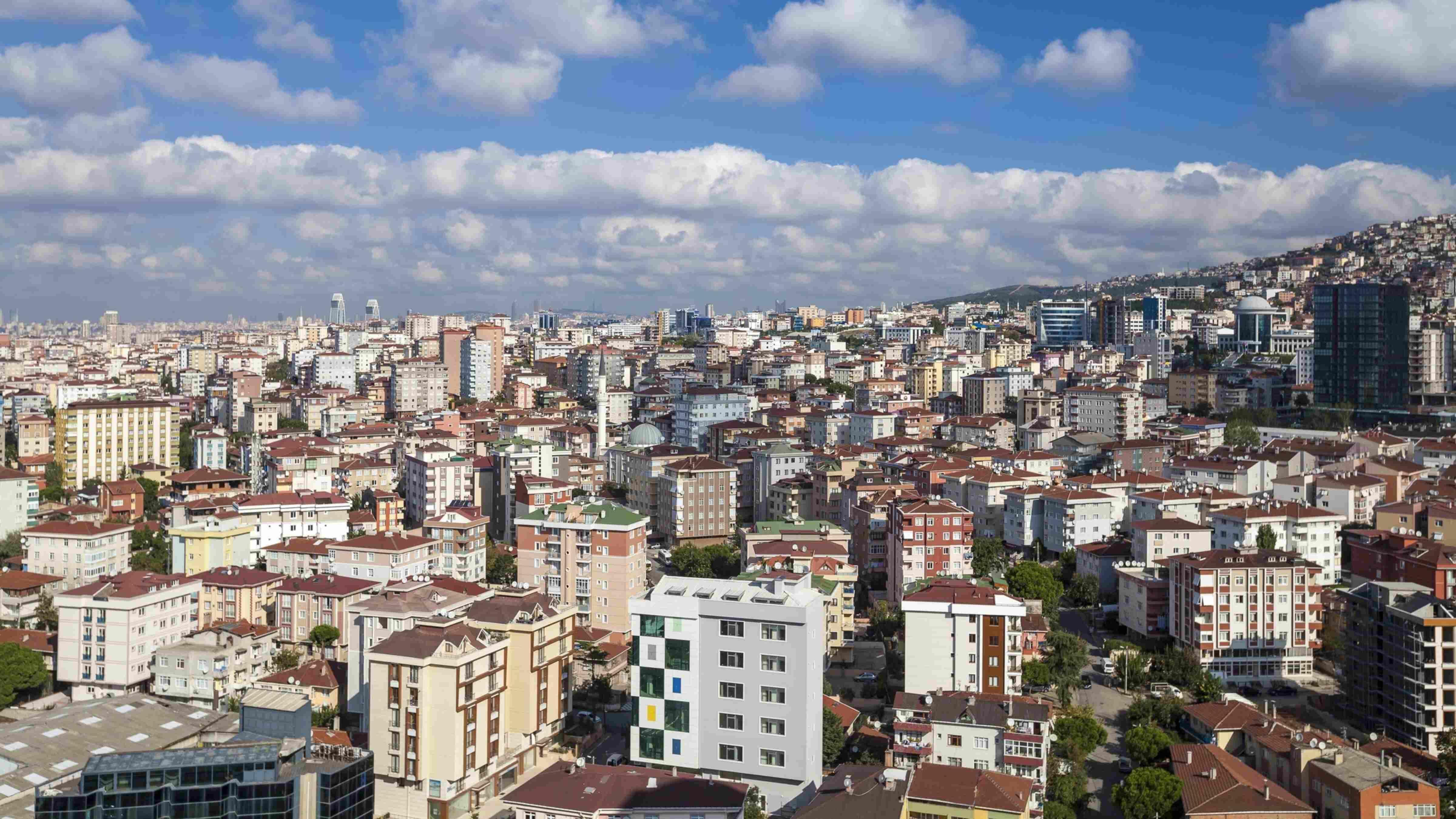Old cave ready to attract tourist
KIRKLARELİ - Anatolia News Agency

The cave is 3,200 meters long and has three different entraces. It is located in Sarpdere village of the province’s Demirköy district. Spring water comes out of the cave to create the Rezve Stream.
Opened to tourism in 2005, Dupnisa Cave in the northwestern province of Kırklareli remains the only subterranean area open to novice and experienced spelunkers alike in Thrace.“Dupnisa Cave has a significant role in promoting Kırıklareli,” Kırklareli Gov. Mustafa Yaman recently told Anatolia news agency, adding that the cave was unique in the world. “It is the first and only cave in Thrace that has been opened to tourism.”
The cave, which is 3,200 meters long and has three entrances, is located in Sarpdere village of the province’s Demirköy district. Spring water comes out of the cave to create the Rezve Stream, which eventually flows to form the frontier between Turkey and Bulgaria.
Dupnisa was opened for tourism in 2005 and it is one of the most known caves in Turkey, said Yaman. The cave consists of two stories and three caves formed in marble 180 million years ago.
The “Kuru” (Dry) and “Kız” (Maiden) caves constitute the upper portion of the cave and run 2,720 meters, while the “Sulu” (Wet) Cave is located 60 meters down from the former. Underground rivers course through the cave, which is 345 meters above sea level. The exit point of the cave is 61 meters above the elevation of the entrance.
The Kız Cave is closed to tourism due to the bats living in the cave, but 250 meters of Sulu Cave and 200 meters of Kuru Cave are open to tourism – the latter of which is open to tourists 12 months a year.
There are 11 species of 60,000 bats living in the Dupnisa Cave, the governor said, adding that they reproduced between Nov. 15 and May 15.
Some 17,325 domestic and foreign tourists visited Dupnisa Cave during the first four months of the year, the governor said, adding that tourist interest in the cave was continually increasing.
Transportation to Dupnisa Cave
Nestling in the Yıldız Mountains, Dupnisa is 58 kilometers and 230 kilometers away from Kırıklareli
and Istanbul, respectively, and is the only cave in Thrace that is open to tourism.
Visitors from Istanbul can take the Silivri-Çerkezköy-Saray-Vize or the Çorlu-Lüleburgaz, passing Pınarhisar and heading toward Poyrazlı village. Visitors coming from Edirne can take the Kırıklareli-Üsküp-Pınarhisar road toward Poyrazlı to reach Dupnisa. Dupnisa lies around 25 kilometers southwest of Demirköy, deep in the forest. Drivers can take a road signposted with a brown Dupnisa Mağarası (Dupnisa Cave) sign, which branches off at the 15th km of the Demirköy-Pınarhisar road. After about five kilometers, drivers will arrive at the village of Sarpdere. The road turns into a gravel road there, which lasts for five kilometers until reaching the cave.
The cave has two entrances, with the main one opening onto the Sulu Cave, which features a 250-meter-long concrete path complete with handrail.
The Sulu Cave is still in the formation stage, as many of the vertical surfaces are covered with surreal-looking stalactites. Beyond 250 meters, the cave is only open to experienced spelunkers.
After the 250 meters, there is a set of concrete stairs that lead up to the Kuru Cave, which is home to a number of bats.
After a demanding 150-meter walk up passed more stalactites, visitors reach a ground-level exit. From here, instead of returning back in, visitors can return to their point of entry by following a marked trail through the forest that takes 15 minutes.
Ancients used to conduct rituals involving human sacrifices to Dionysos, god of wine, at Dupnisa. There is a theory that the very name of Dionysos evolved from Dupnisa, or Nyssa, the other name the cave was known by in ancient times.
















